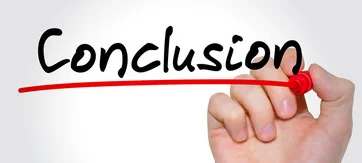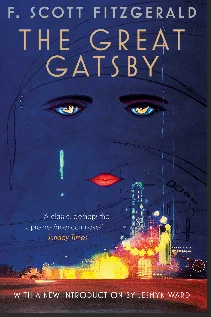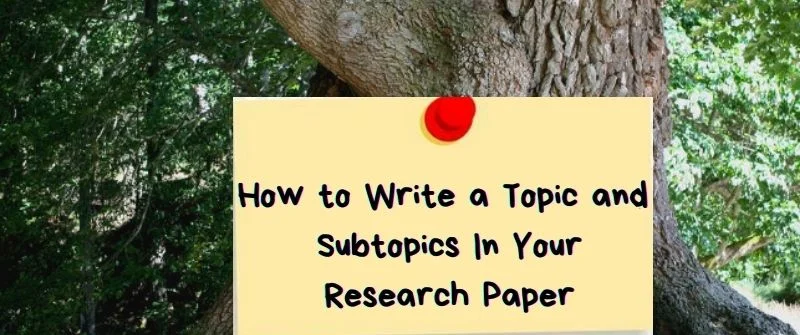How to Write a Close Reading Essay: Full Guide with Examples

There is no doubt that close-reading essays are on the rise these days. And for a good reason — it is a powerful technique that can help you make your mark as a student and showcase your understanding of the text.
In this type of writing, readers will read the literary text carefully and interpret it from various points of view. Read on.
Also Read: Does Turnitin Check Other Students’ Papers to Check Similarity
What is a Close Reading Essay?

A close-reading essay is an in-depth analysis of a literary work. It can be used to support a thesis statement or as a research paper.
A close-reading essay focuses on the tiny themes inherent in a literary passage, story, or poem.
The focus of this type of essay is on critical thinking and analysis. The author will look at the small details that make up the overall meaning of a text.
The author will also consider how these tiny themes relate to each other and how they are presented within the text.
The key areas where a close reading essay focuses include:
- Motivation and setting – This includes why the author wrote the piece and their purpose when they chose to write it. You can explore this through character analysis as well as themes that are common across multiple works.
- Characters: While characters may or may not have any significance in an overall plot, they can make up many of the elements discussed in this essay. For example, if you were analyzing Hamlet, then you would want to look at how Hamlet’s character affects his motivation for suicide (which is directly related to his madness) and how it relates to his relationship with Ophelia.
Also Read: How to Answer “To What Extent” Question in Research & Examples
How to Write a Close Reading Essay -Step-By-Step Guide
1. Read the Selected Text at least three Additional Times
Analyze the text using your critical thinking skills. What are the author’s main points and purposes? How does the author develop these points? What evidence does he or she use to support these points? How do other writers in the field of the study compare with this author’s views?

Compare and contrast this author’s point of view with other writers in your field of study. What is their purpose in writing? What evidence do they use to support their positions?
How do they compare with this writer’s views?
2. Underline Portions of the Text that you Find Significant or Odd
The purpose of this section is to give the reader a sense of the author’s tone and approach to the subject.
A close-reading essay should be read at least twice, preferably three times. Underline or highlight any portions of the text that you find odd or significant.
Ask yourself: What does this mean? How does this affect my view of the work? What questions do I have now that I didn’t have before?
Take notes on what you think might be important. You may want to write down your questions and observations as they occur to you while reading your essay. Make sure they are hierarchical so they can easily guide your next step in writing about them.
3. State the Conclusions for the Paper
A close-reading essay analyzes a text and the author’s meaning. The key to this type of essay is the ability to conclude a text. It requires the student to think critically about what he/she has read and how it relates to other texts.
The most important aspect of writing a close-reading essay is being able to conclude after reading through a piece of work and analyzing it. The reader should always be able to answer questions like:
- What does this author mean?
- How can I apply this message to my life?
- Is this message relevant in today’s society?
4. Write your Introduction
The purpose of your paper is usually stated in the introduction somewhere (it might be buried in an abstract).

In other words, it’s not enough just to tell readers what they need to know; they also need some motivation to read further if they don’t know why they should read.
5. Write your Body Paragraphs.
A body paragraph is the bulk of your essay. It’s the place where you flesh out your ideas and connect them to the overall topic.
It’s easy to get bogged down in the details when writing a close-reading essay, so it’s important to stay focused on the big picture of what you’re trying to say. Here are some tips for developing your body paragraphs:
- Start with a thesis statement: Make sure that each paragraph starts with an idea or question that relates to the main point of your thesis statement. For example, suppose you’re writing about how human beings have been impacted by technology in society; then, in your first paragraph. In that case, you might want to talk about how computers are changing our lives and what this means for us as individuals and as a culture.
- Link ideas together: Be sure that each paragraph is directly related to the previous one (or else your readers will lose track). Use transition words like “however,” “however,” “in contrast,” and “on the other hand,” or even simply add supporting details from different sources throughout each paragraph.
6. Write your Conclusion
When writing a conclusion to your close reading essay, you’ll make a few points about why you think the book is worth reading. You should focus on whether or not the author has succeeded in his or her main objective and whether or not it’s an interesting book.

You should also consider how the author has achieved these goals. Did they succeed because of their writing style? Or did they use an effective structure? Did they make some unique observations that you hadn’t thought of before?
Do you have any specific questions about what was done well in the book? If so, ask them now so that you don’t forget to ask them when it’s time for your argumentative essay!
Also Read: How to Write an Enduring Issues Essay: Guide with Topics and examples
7. Close Reading Essay Examples
Below are three close-reading essay examples on the topic of “The Great Gatsby” by F. Scott Fitzgerald. The first example is from a student named Brandon:
The main character, Jay Gatsby, is one of the most interesting characters in literature that I have ever read about.
He was a millionaire who married into a family of lower-class people and became friends with their daughter Daisy Buchanan, who had recently graduated from college and moved to New York City, where she met his son Nick Carraway.
Jay Gatsby was so fascinating to me because he had a lot of passion for life; he never gave up on what he wanted, even though he had nothing to back it up.

When I read this book, I learned that some people don’t care about what happens to them or what other people think about them; they just do their own thing and don’t let anything stand in their way of achieving their goals in life (Gatsby).
When I read this book, I also learned about love and hate because there were many different sides to each character’s personality throughout the book (Gatsby).
In conclusion, “The Great Gatsby” is an interesting book.
Example Two
The main character in the novel, Adam Bede, is a strong-willed country boy who looks down upon city folk. He has no interest in being educated and feels that he would rather work on a farm than attend school.
He does not seem to have any particular talent or skill that would make him stand out. However, it is not until he meets the wealthy Miss Lavendar that he can express his talents through writing poetry and music.
The first time Adam meets Miss Lavendar, she sits at a piano playing a piece by Mozart. Adam has never heard music like this before. It is so beautiful that he immediately falls in love with her. The two become friends and eventually marry each other.
However, when Adam becomes famous for his poems about Miss Lavendar, she begins to feel threatened by her new husband’s success. She leaves him for another man named Mr. Thornton. He has money and power but no talent for writing poetry or music like Adam.
Cat on a Hot Tin Roof by Tennessee Williams
The play tells the story of a family during the Great Depression in Mississippi. Brick Pollitt has just returned home from World War I where he has been injured in battle and subsequently discharged with a disability pension.
His wife Maggie is expecting their first child, while his son Paul lives in New Orleans where he works as a pianist for a white man named Big Daddy Pollitt who owns a brothel in which Paul performs sexually explicit acts for the patrons at Big Daddy’s establishment called “The Brick House.”

With over 10 years in academia and academic assistance, Alicia Smart is the epitome of excellence in the writing industry. She is our chief editor and in charge of the writing department at Grade Bees.




